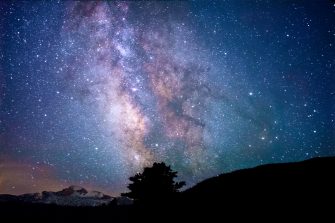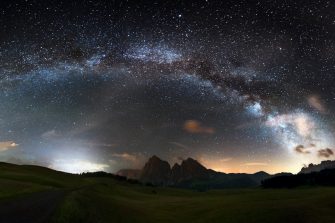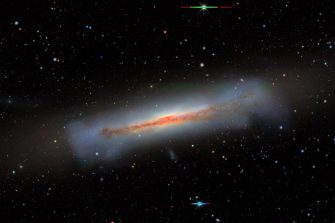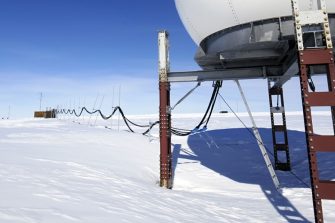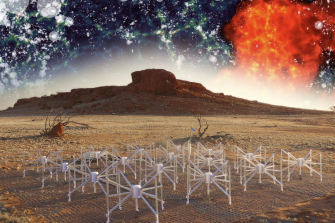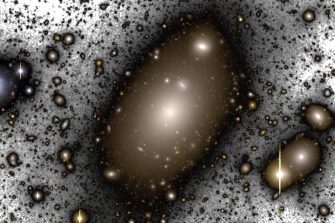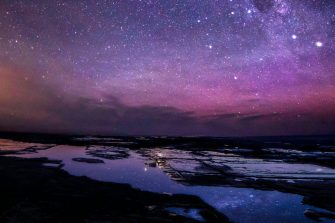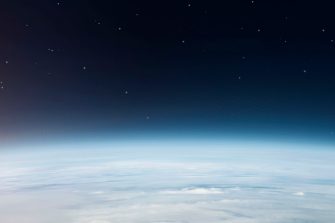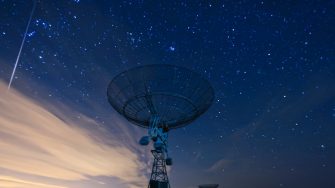
Astrophysics is one of the major research areas in the School of Physics at UNSW. Our Astrophysics group consists of 9 academic staff including several former ARC DECRA, Future, and Professorial Fellows, as well as post-doctoral staff, and PhD and Honours students. The group makes up about one third of the School of Physics. UNSW is also part of the ASTRO 3D ARC Centre of Excellence.
UNSW Astrophysics has research areas in Antarctic Astronomy, Asteroseismology, Cosmology, Exoplanetary Science, Galactic Archaeology and Galaxy Evolution.
The group is actively involved in astronomical surveys including the GALactic Archaeology with HERMES (GALAH) survey, Galaxy And Mass Assembly (GAMA) survey, SAMI Galaxy Survey, the Multi-Object Spectroscopic Emission-Line (MOSEL) Survey, and Veloce Transiting Exoplanet Follow-up.
We have access to the full range of observing facilities available to Australian researchers, including the range of telescopes available through the European Southern Observatory (ESO) and the 3.8m Anglo-Australian Telescope - as well as access to other international facilities through international collaborators. UNSW astronomers regularly use observations from space-based observatories including the Hubble Space Telescope, TESS, and Gaia.
UNSW is a member of the Nanten2 consortium, which runs a sub-millimetre telescope in the high plains of the Atacama desert in Chile. UNSW is also a member of the SONG consortium, which operates a global network of high-precision radial velocity telescopes for high-cadence time-resolved observations (including one node in Australia).
UNSW Astrophysics is an active contributor to Australia’s access to future world-class optical and near-infrared observing facilities including the Legacy Survey of Space and Time to be undertaken at the 8.2m Rubin Observatory and the 24.5m Giant Magellan Telescope, both under construction in Chile.
The group is also involved in the building and development of astronomical instrumentation, with current projects including optical and terahertz telescopes at two locations on the Antarctic plateau and the Veloce exoplanetary facility at the Anglo-Australian telescope.


